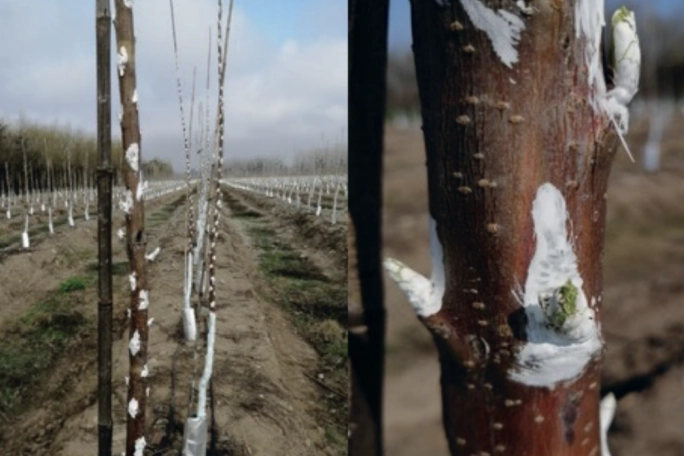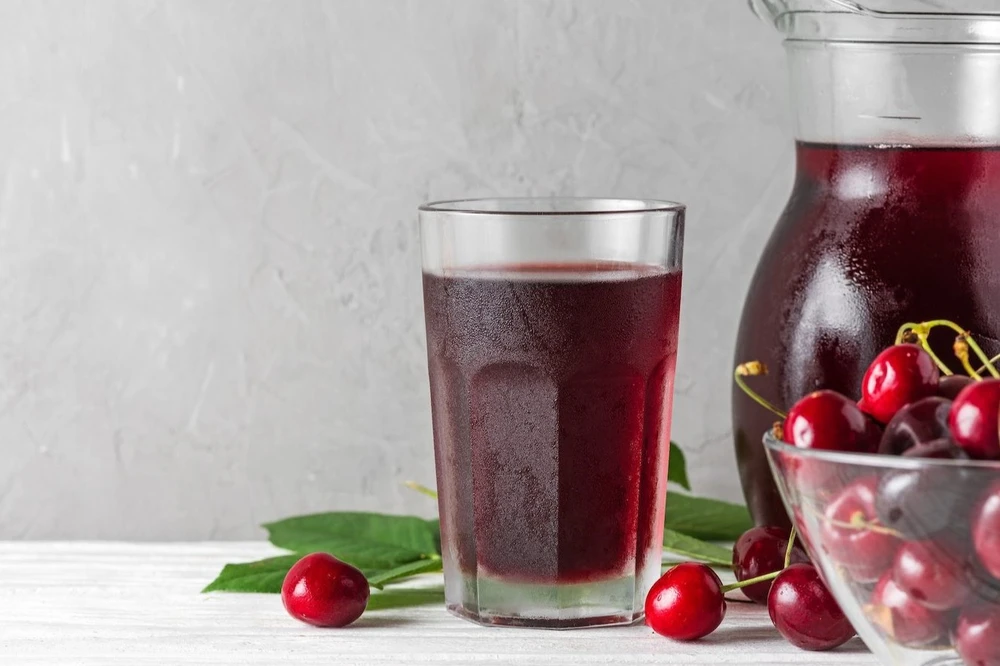A 10% decline in cherry production is forecast in Australia for 2025/26, with significant risks to quality. Tasmania stands out as the exception.
Australian cherry production faces a complex outlook for the 2025/26 marketing season. According to a recent report from the United States Department of Agriculture (USDA), national cherry production is expected to decrease by around 10%, falling from 20,000 metric tons (MT) in 2024/25 to about 18,000 MT in the next cycle. This figure places the crop slightly below the average of the past five years.
The USDA identifies several factors behind this projection, including initially favorable weather conditions, which will nevertheless be offset by a wetter-than-usual spring, except for the island of Tasmania.
Season start and weather outlook
The season began with an encouraging scenario for growers. Winter temperatures — on average lower than usual — provided the required chilling hours for vigorous bud development in spring. This factor is crucial, as sweet cherries need over 800 chilling hours between 2 °C and 12 °C to ensure uniform flowering, the study explains.
However, positive expectations are clouded by projections from the Bureau of Meteorology (BOM), which forecasts a wetter spring across most growing areas. Excess rainfall between September and November could negatively affect pollination, increase the incidence of fungal and bacterial diseases, and even cause waterlogging of soils. All of this directly impacts fruit size, flavor, and quality.
“Rainfall during ripening, especially when combined with high temperatures, creates an ideal environment for pests and diseases,” the USDA warns. Moreover, excessive humidity during harvest reduces cherry firmness, shortening their shelf life and, consequently, their attractiveness to export markets.
Technologies and grower strategies
Despite this scenario, some growers have invested in management and protection technologies. These include trellising, targeted pruning, and hail netting structures, which can also act as rain protection. Such measures aim to reduce damage caused by excess humidity and preserve the quality of fruit destined for export.
Tasmania, the optimistic exception
Within the national context, Tasmania stands out as the region with the best prospects. The USDA forecasts that the island will experience rainfall close to historical averages, a scenario that, combined with abundant water availability for irrigation, could ensure a high-quality and abundant harvest.
Tasmania’s position is strategic: its later harvest season (December to February) coincides with peak demand in the Chinese market during Lunar New Year. This makes the region a key driver for Australian exports.
By contrast, producing areas in the southeast, such as New South Wales, Victoria, and South Australia, will face greater climatic risks. Here, excess rainfall during the November harvest increases the likelihood of fruit cracking, brown rot, and soft cherries, reducing their commercial value.
Balance of last season
The USDA recalls that in the 2024/25 season, although national production reached 20,000 MT, Tasmania suffered quality losses due to early December rains, which occurred shortly after the application of gibberellic acid. The result was softer fruit and reduced exportable volumes, although the impact did not significantly affect the overall supply available on the domestic market.
Australia boasts notable production areas such as the Huon Valley (Tasmania), Goulburn Valley (Victoria), Young and Orange (New South Wales), and the Adelaide Hills (South Australia). While most cherries are consumed fresh on the domestic market, a significant share is destined for export, mainly to Asia. There is also a smaller use in processed products such as jams, liqueurs, ice cream, and confectionery.
The 2025/26 season will be a test of resilience for Australian cherries. With an estimated production of 18,000 MT and significant climate risks, the performance of regions like Tasmania will be crucial to offset losses in other areas. For growers, the challenge will be to adapt to wetter conditions and implement mitigation strategies to remain competitive in a market where quality is a decisive factor.
Source: masp-lmneuquen-com.cdn
Image source: VisitVictoria
Cherry Times - All rights reserved












